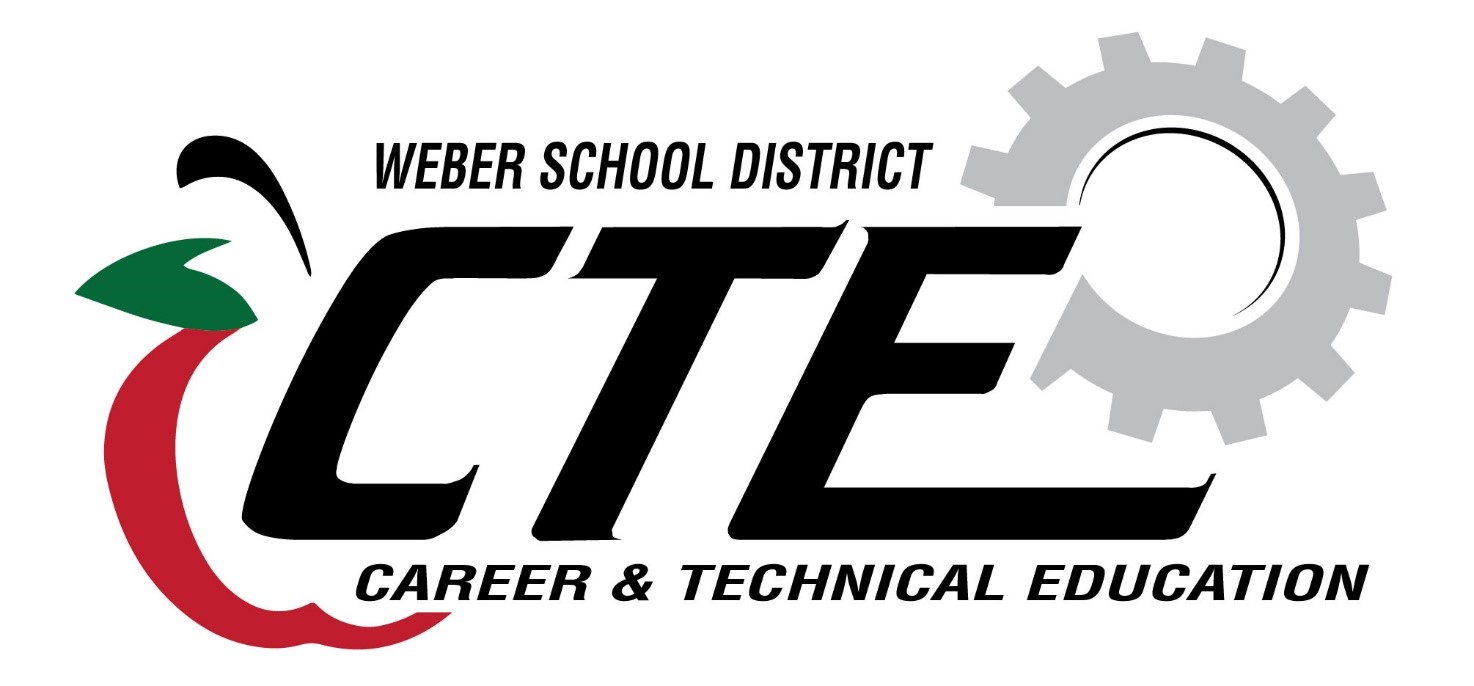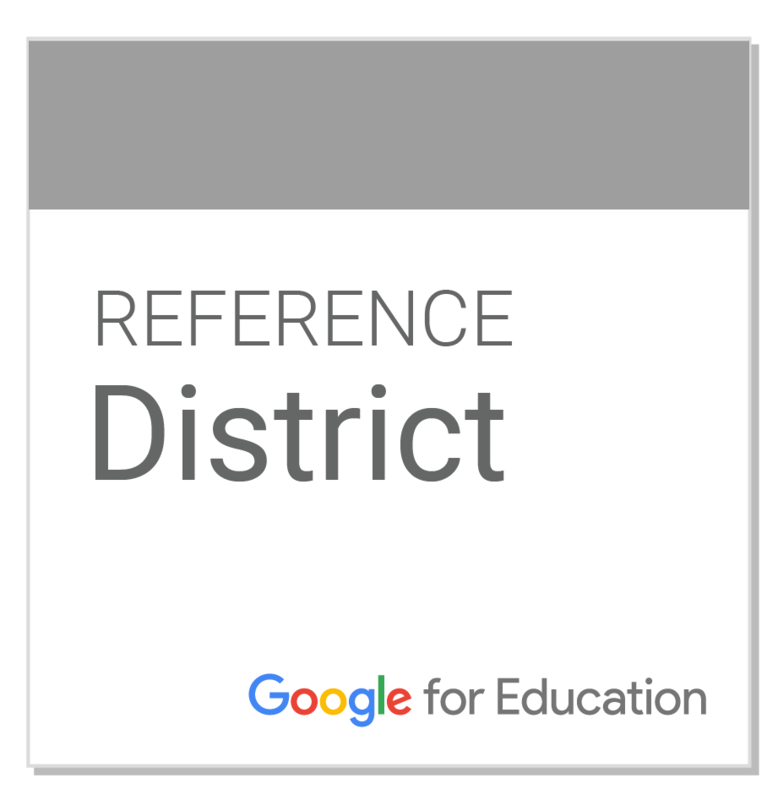
Career and Technical Education Safety Practices and Procedures
Administration and Training
- The CTE Safety Program and Management Guide is available on the Utah Division of Risk Management website (www.riskutah.gov). This document should be a primary resource guiding safety management.
- Safety is an integral component of CTE Program Approval. LEAs should regularly review facilities for safety, monitor teacher compliance with LEA safety standards, and provide training where necessary.
- LEAs are responsible for evaluating the skill level and safety knowledge of all new teachers.
- CTE directors, administrators, principals, counselors, coordinators, and teachers must be reasonable and prudent in seeing that class enrollments are not excessive. Reasonable class loads are determined by the size of the facility, student workspace requirements, and the ability of the teacher to adequately supervise various activities.
- The CTE teacher must have administrative support for each policy statement. This support will endorse the importance of student safety in the classroom and shop area.
- LEAs must provide safety training for all CTE teachers and provide safety assessments to assure teacher qualifications.
Teacher
- CTE teachers must provide appropriate supervision of students in classroom, shop or lab areas.
- CTE teachers must be particularly alert and provide supervision when students are using machinery and tools.
- Students may not work in a shop, lab, or construction site if the teacher is not present. Absolutely no exceptions!
- CTE classes must be supervised and taught by teachers who have received appropriate, district-specific or LEA safety training and subject endorsement prior to teaching the course.
- CTE teachers cannot delegate their supervisory responsibility to a student, student aid, teacher's assistant (TA), unlicensed paraprofessional, or adult volunteer.
- A CTE teacher has stewardship of their shop or lab facility, and grants permission to work, and directs which machines may be used.
- Each CTE teacher responsible for a potentially hazardous lab/facility where potentially dangerous tools, chemicals, or procedures are used must provide and implement a comprehensive and workable safety program. This program should include, but not be limited to:
- General safety instruction and testing
- Hand tool safety instruction and testing
- Machinery safety instruction and testing
- Eye safety instruction and testing
- Personal Protective equipment availability and management
- Safety tests maintained until a student is 21 years old (Gradebook may be used, in part, for this)
- Accident report investigations
- Use of district-approved, standardized safety tests
- Safety should be taught and reviewed on a continual basis.
- CTE Lab teachers must require that students use safety glasses, related personal protective equipment, and machine guards in all lab areas where hazards exist.
- CTE Lab teachers must maintain an organized, clean, and uncluttered classroom, lab, and work environment.
- CTE Lab teachers must conduct an annual equipment and safety evaluation. Checklist.
- CTE Lab teachers are responsible for seeing that equipment in a shop or lab is kept in safe operating condition. The teacher must correct all known hazards and defective conditions through individual action, maintenance work orders, or a written request to the appropriate school or district administrator. Defective and unsafe equipment should be tagged, and the electrical power disconnected and locked out to prevent use.
- CTE Lab teachers should be familiar with basic first aid (first-aid certification is recommended). Teachers must follow approved school procedures in case of an accident, complete a written accident report, and maintain accident records as required.
- CTE Lab teachers must set a proper safety example at all times for students to follow.
- CTE Lab teachers must maintain order and control in the classroom, lab, or shop facility. Teachers must be aware of students who do not conduct themselves in a safe manner and administer immediate corrective action, including removal from shop areas if necessary.
- CTE Lab teachers must take and pass an LEA safety assessment to determine qualification.
- In the event of an emergency, CTE teachers must obtain “coverage” by another faculty member prior to leaving the classroom or lab. Students must discontinue the use of tools and equipment until the regular CTE teacher returns
- CTE Lab teachers must never leave students unattended in any CTE classroom, shop or lab. Before leaving the classroom, shop or lab, the CTE teacher must assure all students have exited the lab/facility and the facility is locked.
- CTE Lab Teachers should refrain from modifying equipment. safety guards, jigs, and fixtures. These items should be purchased from commercial vendors when available.
- CTE Lab Teachers should refrain from bringing and using personal tools in the shop. Students should never be allowed to use tools which are owned by the teacher.
- First-year CTE Lab Teachers must complete the “Safety Practices and procedures” quiz as part of the LEA Safety Training. All CTE Lab teachers must complete the Safety Practices and Procedures video and quiz every-other year.
- Teachers must complete the “Lab Safety” yearly. A review of this checklist and the lab will be conducted by the teacher and the Coordinator.
Facility
- All machines must be equipped with guards that meet or exceed industrial OSHA standards. Guards must be maintained in proper working condition.
- All CTE shop and lab facilities must be equipped with an eye wash station that is activated weekly and inspected monthly.
- All CTE shop and lab facilities that generate fine particulates must be equipped with appropriate dust removal, air filtration and fume ventilation.
- All CTE shop and lab facilities that use flammable(s) and hazardous materials must be equipped with an approved flammable materials storage cabinet.
- Safety Data Sheets (SDS) must be maintained, updated, and visibly posted for all chemicals and hazardous materials used in the facility.
- It is recommended that all CTE shop and lab facilities be wired with an emergency shutoff switch controlling all power tools and equipment.
- Establish machine safety zones and adequate passage space within the facility. See Utah Administrative Code R392-200-9.2(H)(VI)
- Eye protection requirements should be posted at each entrance of every CTE shop or lab facility. Sanitary eye protection should be available at the main entrance.
- All CTE shop and lab facilities must be equipped with adequate lighting.
Student Responsibility
- Parent/guardian consent forms must be completed and signed by the student and a parent or guardian prior to participation in the CTE program. (This is often included as part of the course disclosure statement.)
- A student is not allowed to use any machine until he/she has received safety instruction, scored 100% on the safety test/tests, has permission, and the teacher is satisfied that the student can use the equipment safely.
- Each student must sign a document stating that he/she has received safety instruction and agrees to follow the safety rules for each piece of equipment used.
- Every student and visitor must wear appropriate eye protection in any CTE shop/lab/job site area where hand tools, power-driven tools, or machinery is being operated. Safety Glasses must meet ANSI Z-87.1- 2015 standards.
- Every student must wear personal protective equipment where appropriate (safety glasses, closed-toe shoes, face shield, hearing protection, respirator, welding helmet, gloves, etc.).
- Students must report all injuries to the teacher.
- Students must respect a machine operator's work space.
- Distractions must be eliminated to the degree possible. A student's full attention, ability to focus on work, and awareness of surroundings are critically important safety factors.
Student Teachers (Associate Teacher License)
Student Teachers receive a temporary Utah Student Teacher/Intern License, which authorizes them to teach under the supervision of a Cooperating Teacher. The Cooperating Teacher evaluates the Student Teacher's performance and assumes responsibility for student safety. The Student Teacher should be able to pass the safety tests required of the students. At some point in the student teaching experience, it is appropriate to grant the Student Teacher full control of the class, without the Cooperating Teacher's presence.
Substitute Teachers
If a substitute teacher is present, the school administration must provide a class meeting place away from dangerous equipment. If the class must meet in the shop area, all tools and equipment with the potential to cause serious injury should be secured to prevent their use. The teacher must provide an appropriate lesson plan for the substitute or have emergency lesson plans on file with the school administration. Under no circumstances should students be allowed to use tools, equipment, or machinery when an unqualified (unendorsed) substitute teacher is in charge of the class!
Revision: 2/2024
